Middle Class pivotal to China’s Beauty Market
Kantar Worldpanel
China’s middle class population, which now number well over 100 million families, are playing a key role in the growth of the beauty market, according to Kantar Worldpanel.
In its latest research, Kantar Worldpanel reveals that middle class consumers are typically more confident about their future prospects, as a result, tend to buy more and have more confidence in big brands. They love to use the Internet to acquire more information about the products they purchase and are willing to pay a premium for quality. In general, China’s middle classes are more inclined to try new products and follow emerging trends.
This important market segment delivered more than half of the incremental sales in many categories across the beauty market. In some beauty categories,such as perfume, body wash and hand sanitizer, Kantar Worldpanel discovered that the middle class consumer has made a startling contribution to the overall market growth (Figure 1).
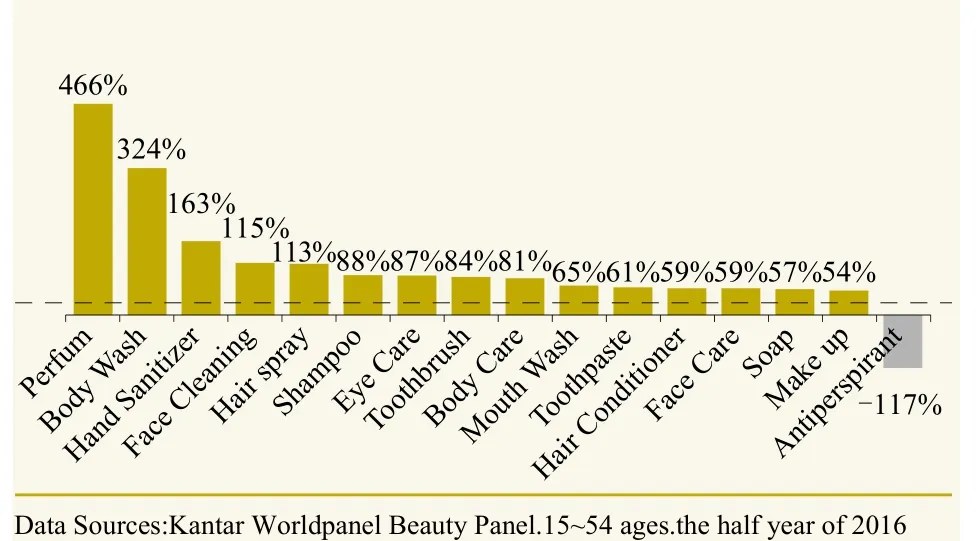
Figure 1. Middle class’s contribution to market growth (%)
On closer examination, three main drivers can be found: the pursuit of health, product quality and personal enjoyment. In the beauty market, high-end niche categories, such as antiperspirant, serum and perfume,have gradually gained popularity as China’s middle class consumers develop more advanced needs in fragrance and health.
Beauty consumption behaviour of middle class consumers
With strong financial stability and growing purchasing power, middle class consumers increasingly value their personal image. They want to stay at the forefront of fashion and try emerging brands. As a result, they are willing to spend both time and money on skin care.
The latest data from Kantar Worldpanel shows that middle class consumers comprise more than a third of the consumption of all high-end product categories. For premium skin care products (with a unit price of over RMB 300), premium makeup products (with a unit price of over RMB 300), and premium personal wash and hair care products (with a price of over RMB 60 per 400 mL bottle), middle class consumers make up 38%, 35% and 32% of the buyers in each sector (Figure 2).
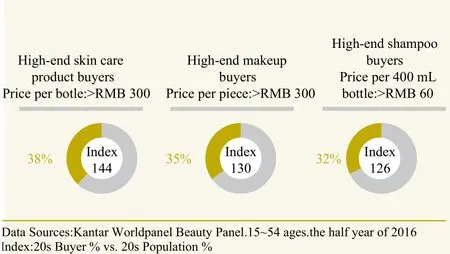
Figure 2. Middle class share of all consumers (%)
Middle class consumers contribute more sales to brands across all price segments. Brands in every price segment have an opportunity to win middle class consumers over by providing high quality products (Figure 3).
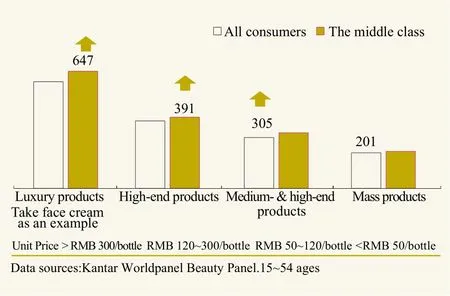
Figure 3. Average annual consumption in all beauty products price segments (RMB/person)
Middle class consumers have also developed a deep affection for more sophisticated products. The middle class enjoy the experience of superior care for themselves and fashionable image through the usage of those products.Data reveals that they buy more makeup removers, serum and eye cream, as well as more pre-make-up products,blusher and lip gloss (figure 4).
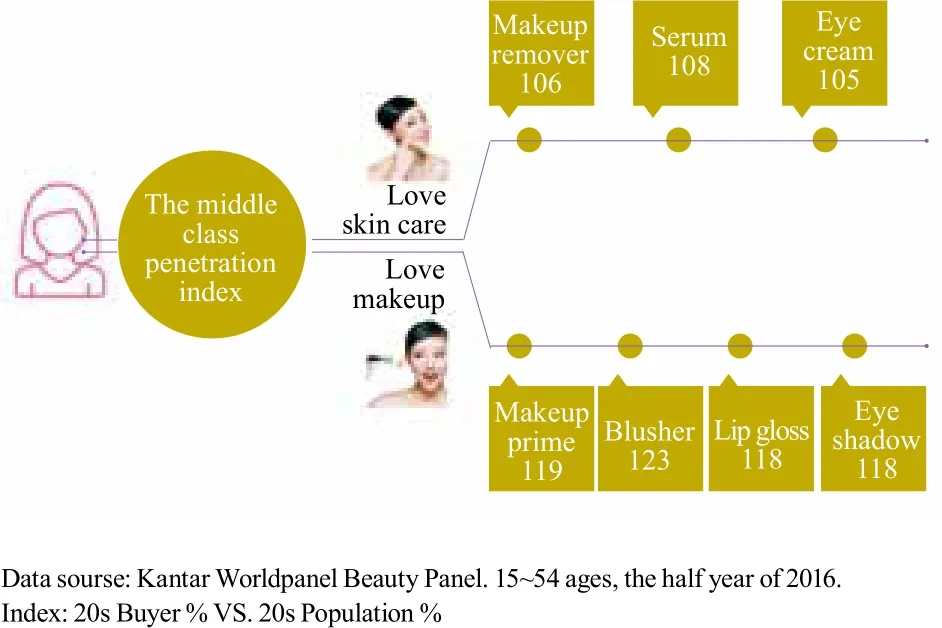
Figure 4. The usage of more sophisticated products by middle class
Middle class consumers’ preference for mainstream brands is reflected by in their share of the top 30 beauty brands. Such brands hold 47% of female facial skincare and 55% of make-up. The middle classes are important consumers of luxury brands and are driving premiumisation in the market.
Kantar Worldpanel also discovered that the Chinese middle classes love “natural concept” products. Those with natural ingredients and production processes are more likely to catch their attention. Middle class consumers are also fond of trendy and innovative packaging.Brands need to consider innovations in formula, function and packaging in order to win the patronage of these important consumers.
The middle class are also more likely, than the average Chinese consumer to buy their beauty through e-commerce,department stores and overseas channels. Today their purchases through cosmetic stores are relatively low.There are some exceptions, such as the high end cosmetic stores Sasa, Gialen, Goldone, which succeed through interactive and engaging shopper experiences.
Shaping the future of the beauty market
The premium beauty sector in China is yet to catch up with Korea, according to Kantar Worldpanel. Data shows that premium brands only commanded a market share of 13% in China, far lower than the 44% share they occupy in Korea. Based on the current pace of development, it will take at least eight years for the premium sector to match the level currently seen in Korea.
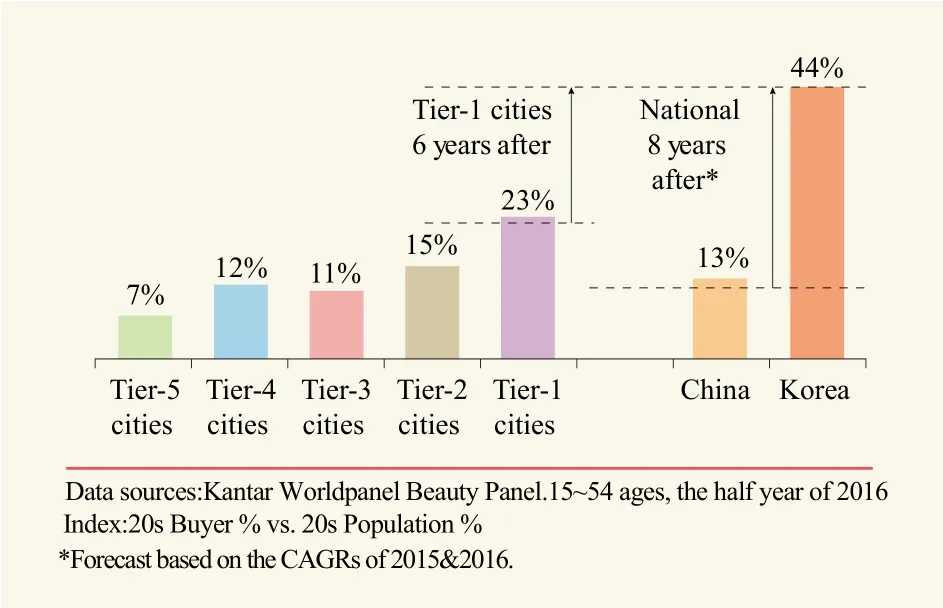
Figure 5. Premium brands’ market share by value (%)
With the booming high-end market in tier one cities,local brands should consider a “dual strategy” which maintains the growth of mass brands, while investing and building premium brands.
However, tier two cities are catching up fast. In 2014,skin care sales in tier two cities lagged well behind tier one cities. In 2016 they reached comparable levels.
The purchase behaviour of middle class consumers will gradually converge across city tiers and this will have profound impacts for beauty brands. To capture middle class consumers, brands need to adapt to local market conditions and ride the wave of change. It is also increasingly difficult to dominate the Chinese market with one mega brand and consideration should be given to establishing multiple brand/platform matrixes to fully capitalise on the opportunities in the market.
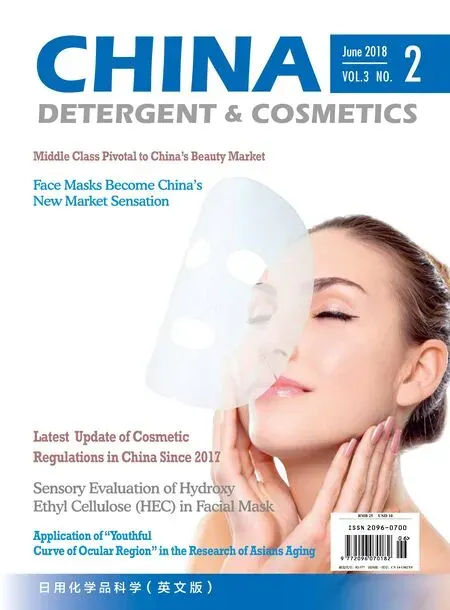 China Detergent & Cosmetics2018年2期
China Detergent & Cosmetics2018年2期
- China Detergent & Cosmetics的其它文章
- Sensory Evaluation of Hydroxy Ethyl Cellulose (HEC) in Facial Mask
- Application of “Youthful Curve of Ocular Region” in the Research of Asians Aging
- Latest Update of Cosmetic Regulations in China Since 2017
- How to Comply with the Pilot Policy of China for the Import of Non-special Use Cosmetics
- 2017 Cosmetic Regulatory News in AP
- Analysis of Regulatory Policies and Registration / Record Keeping Status of Domestic Cosmetics in China
